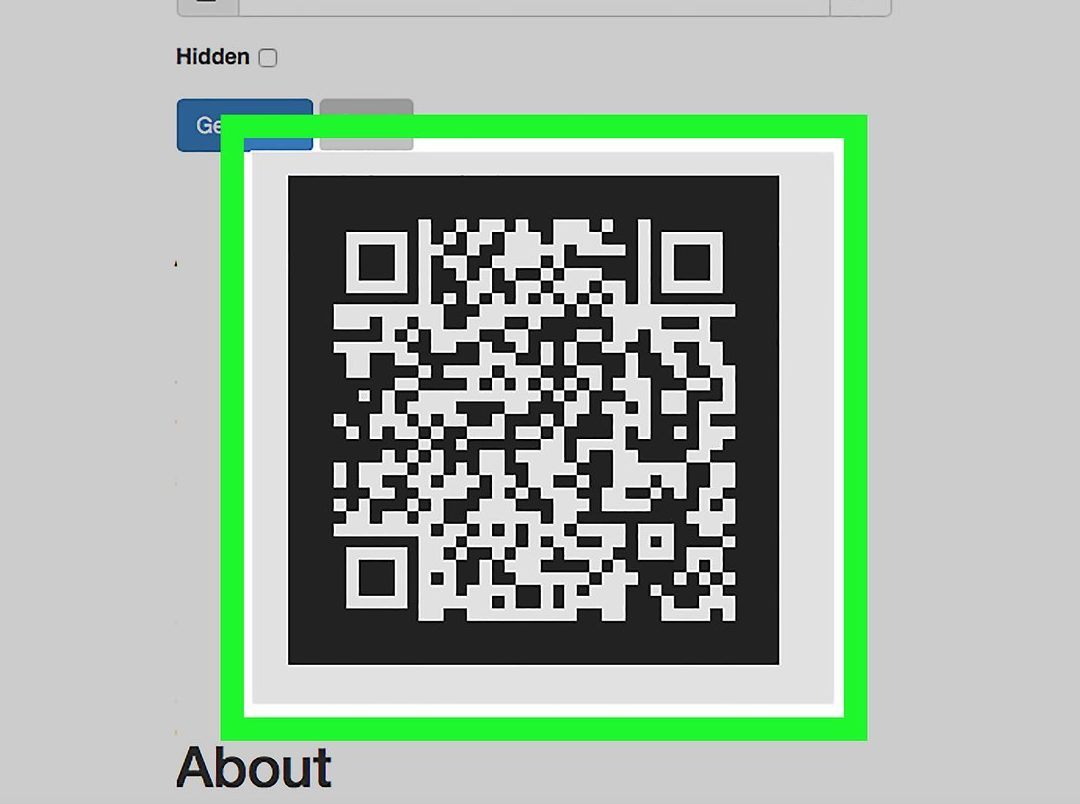In a world where convenience is king, QR codes reign supreme. These versatile codes are popping up everywhere from billboards to restaurant menus to social media profiles. But did you know that sharing them is a breeze? Here are three easy ways to copy and paste QR codes:
Thanks to these simple methods, sharing QR codes has never been simpler or more accessible. So go ahead, harness the power of QR codes for marketing, fun, or anything in between!
How to Copy a QR Code
Copying QR codes is a relatively easy process that requires just a few simple steps. If you come across a QR code that you want to copy, all you have to do is click on the “Copy” option. This will save the QR code to your clipboard, and you can then paste it wherever you like.
Most QR codes that you encounter will be displayed on websites, online advertisements, or other digital media. With the right tools, it is incredibly easy to copy QR codes and use them in your own marketing or informational materials. Once you have copied a QR code, it is precisely the same as any other image, meaning that you can save it, share it, or embed it as needed.
The Benefits of Copying a QR Code
There are several benefits to copying a QR code. First, it allows you to reuse it without having to go back and scan the original code again. Additionally, copying a QR code allows you to share it more easily and widely, meaning that you can reach a larger audience with your message. Copying a QR code can also make it easier to use offline, such as in print ads or on business cards.
Benefits include:
* Easy duplication of the QR code
* Ability to reuse the code in multiple locations
* Wider sharing capabilities
* More straightforward offline usage
Where to Paste Copied QR Codes
Once you have copied a QR code, there are many places where you can paste it. The most common use-case is sharing the QR code on social media platforms, such as Facebook, Twitter, or Instagram. You can also paste the code into email marketing campaigns, print ads, or into blog posts. Essentially, any platform that supports image pasting will allow you to share a copied QR code.
Key takeaway: You can paste QR codes on any online location that supports image pasting.
Sharing QR Codes via Copying and Pasting
Copying QR codes is a powerful way to share information with a wide audience. However, it is essential to keep in mind that the more you share a QR code, the greater the chances are that someone may copy and paste it without proper permission. Therefore, it is always advisable to brand any QR codes you create with a logo or other identifying feature that can help prevent unauthorized use.
Key takeaway: Always brand your QR codes to prevent unauthorized use.
What Happens When You Copy a QR Code?
When you copy a QR code, you create a duplicate of the code that you can then use elsewhere. However, it is vital to note that copying the code does not alter the underlying code or metadata in any way. In other words, the copied code is precisely the same as the original, meaning that it will still lead to the same destination or invoke the same action.
Key takeaway: Copying a QR code does not affect the underlying metadata or code in any way.
The Limitations of Copying QR Codes
Copying QR codes has its limitations. The most significant limitation is that you cannot edit the underlying metadata in any way. Once the code is generated, it is fixed and cannot be changed. Therefore, if you want to create a customized QR code with specific metadata, you will have to create a new code from scratch.
Another limitation of copying QR codes is that the code may become outdated over time. For example, if the target website changes its URL or the code’s metadata is altered, the original code may no longer work, rendering the copied code useless.
Limitations include:
* Cannot edit underlying metadata
* Copied code may become outdated over time
Tips for Successfully Copying QR Codes
If you decide to copy QR codes, there are a few tips to keep in mind to ensure a hassle-free process. First and foremost, ensure that the website or platform you are copying the code from permits copying. Some websites use anti-copying scripts or other measures to prevent code duplication. Additionally, it may be wise to use a specialized QR code reader or generator tool, such as Scanova or QRStuff. These tools can be more precise in copying and generating codes, and they offer additional features and customization options as well.
Key takeaway: Use specialized QR code generation tools for better precision and customization options.
In conclusion, copying QR codes is a relatively simple process that can offer many benefits. By following these tips and guidelines, you can reduce the limitations associated with copying QR codes and create a more effective marketing strategy.





